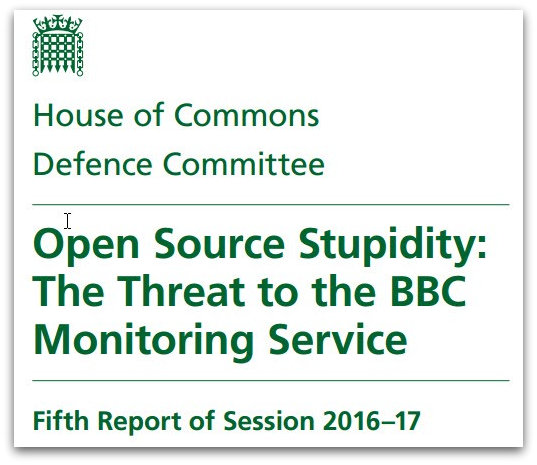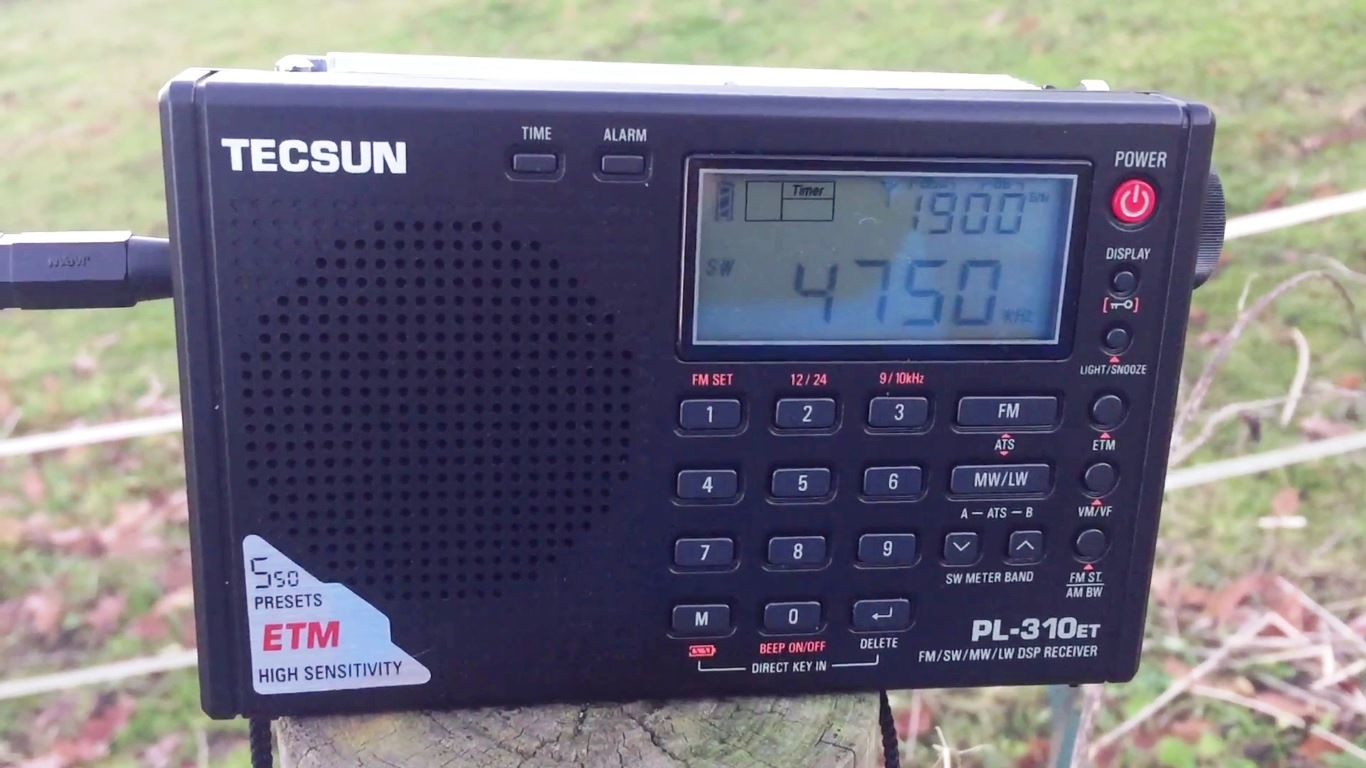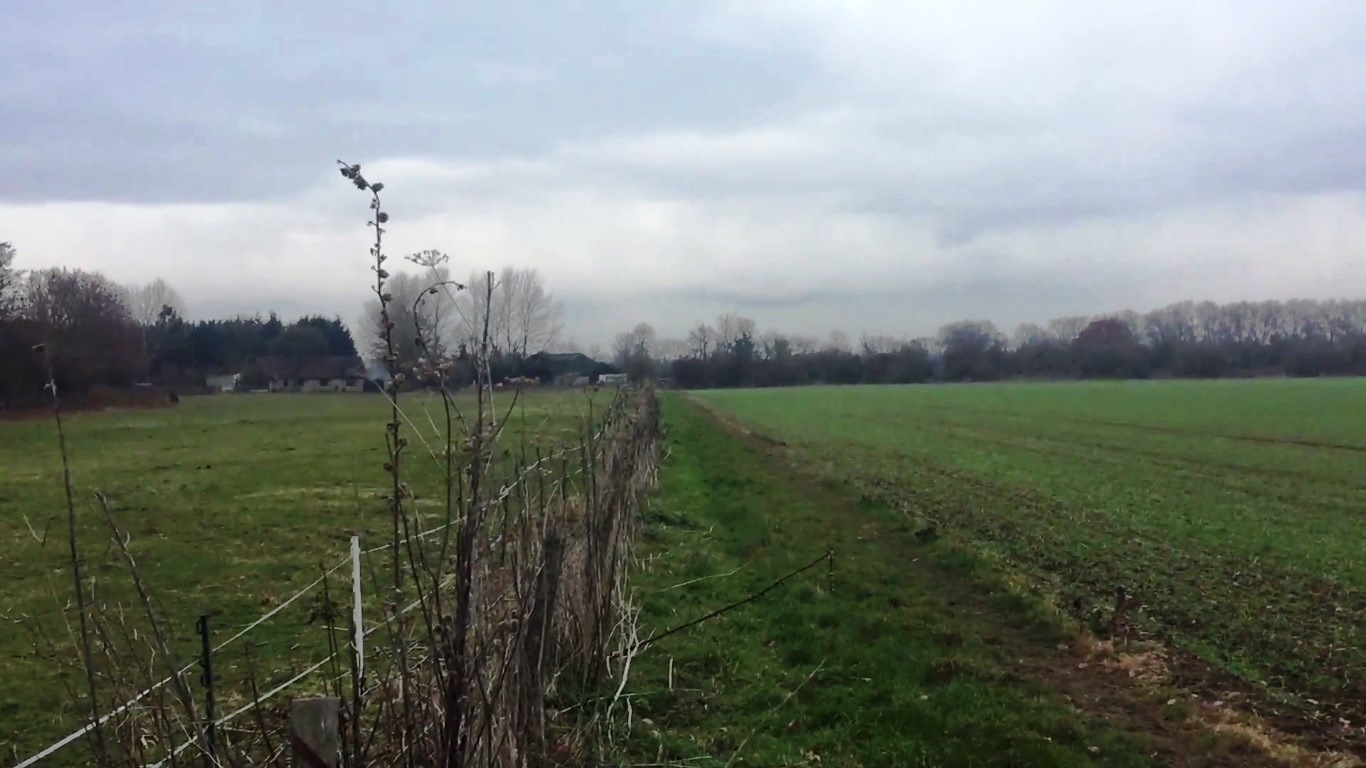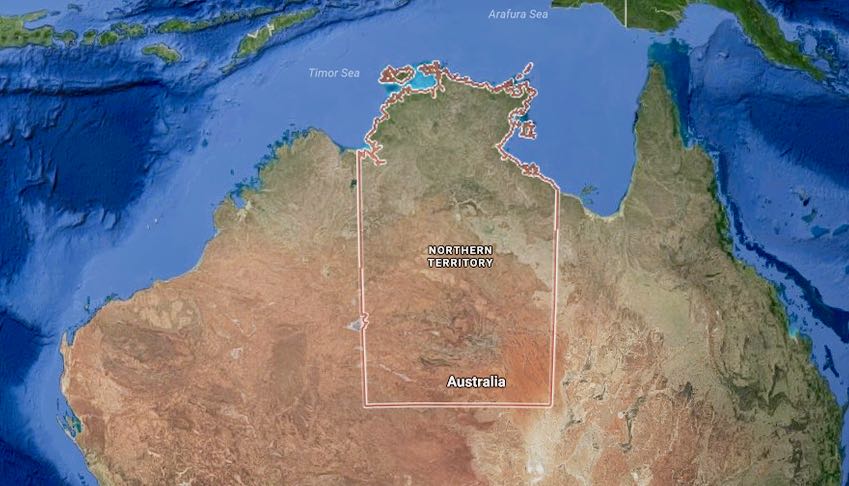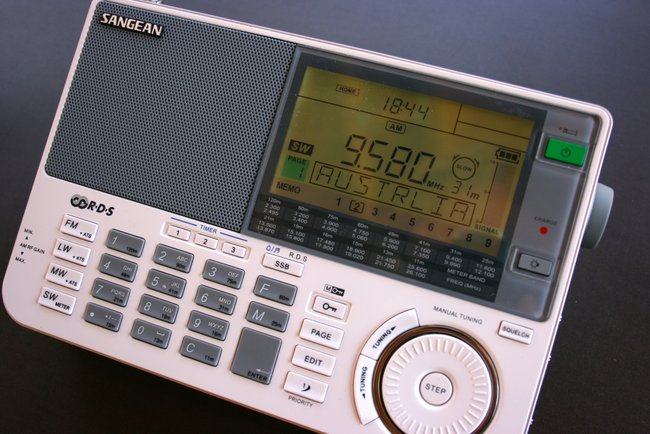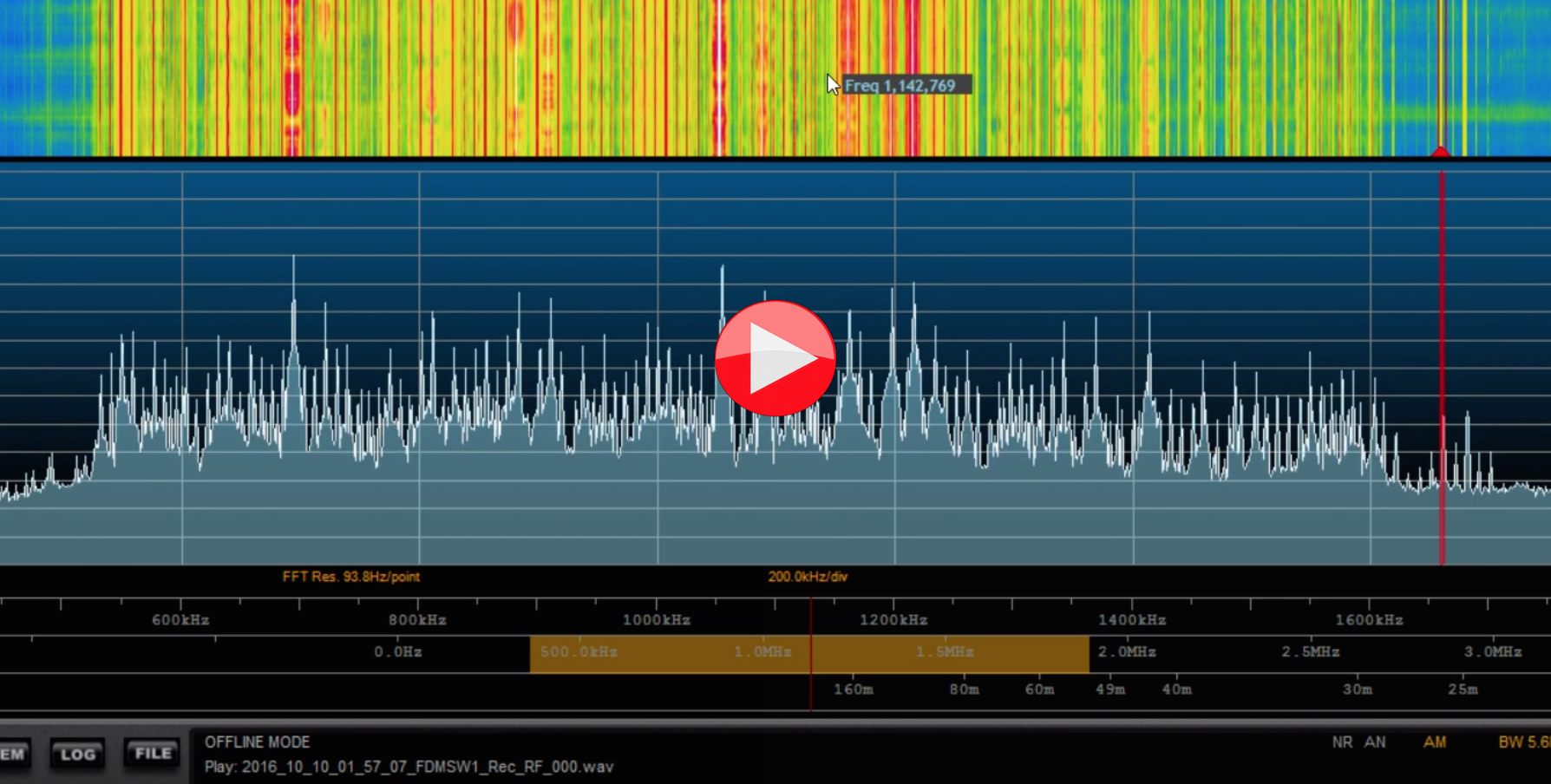An Indigenous ranger group in the Northern Territory says the ABC’s decision to end its shortwave radio service could be life threatening.
The ABC announced this week its three HF shortwave radio transmitters at Katherine, Tennant Creek and Roe Creek (Alice Springs), would be switched off on January 31, 2017.
ABC Radio will continue to broadcast on FM and AM bands, via the viewer access satellite television (VAST) service, streaming online and via the mobile phone application.
Mark Crocombe from the Thamarrurr Rangers, in the remote community of Wadeye, said the rangers spent days and sometimes weeks at a time away in the bush and out on sea patrols.
He said the group relied on the ABC’s shortwave radio for weather reports and emergency information.
“Otherwise you have to call back to the base on the HF radio to ask people [there], but then you can’t listen to the report yourself, you are relying on someone else’s second-hand report,” Mr Crocombe said.
Mr Crocombe said on previous bush trips he had received warnings of cyclones via the ABC’s shortwave service, without which he would not have had any notice.
“Sure, it is expensive to keep the shortwave radio service going, but during cyclones, for the bush camps and people on boats, that is their only way of getting the weather reports,” he said.
“It could be life threatening, if you are out and you don’t know a cyclone is coming.”
Mr Crocombe said the VAST service did not work during cloudy weather, especially during monsoons and cyclones.
[…]
[Northern Territory Cattleman’s Association] President Tom Stockwell, who lives on Sunday Creek Station with no access to AM or FM radio or mobile phone coverage, said the ABC’s decision to focus on digital transmission ignored people in the bush.
“It affects a big area of Australia and it affects those people that are remote from other forms of communication that rely on radio network,” he said.
“The ABC argument that it’s a 100-year-old technology doesn’t stack up. Electricity is 100-years-old — is the ABC going to get rid of electricity as well?” […]
Click here to continue reading an the ABC News website.
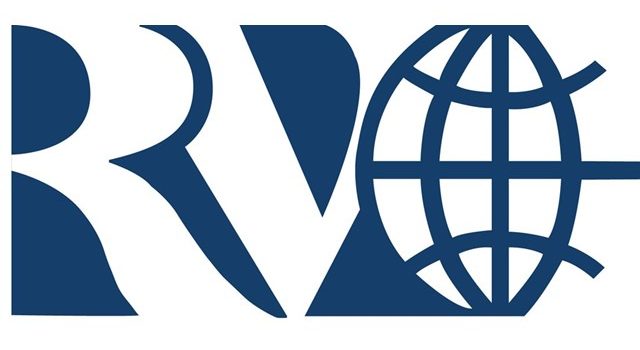 (Source: Mauno Ritola via the WRTH Facebook page)
(Source: Mauno Ritola via the WRTH Facebook page)

